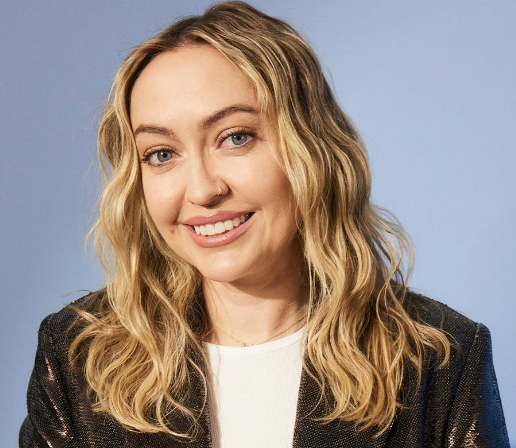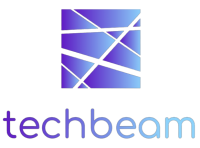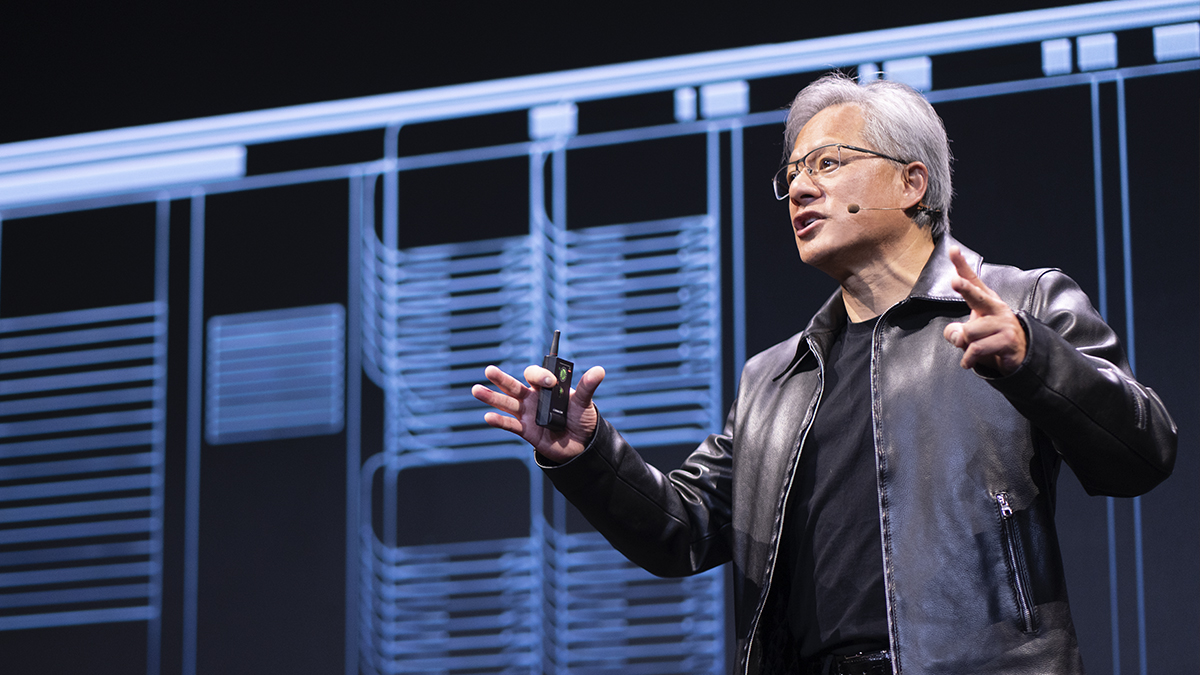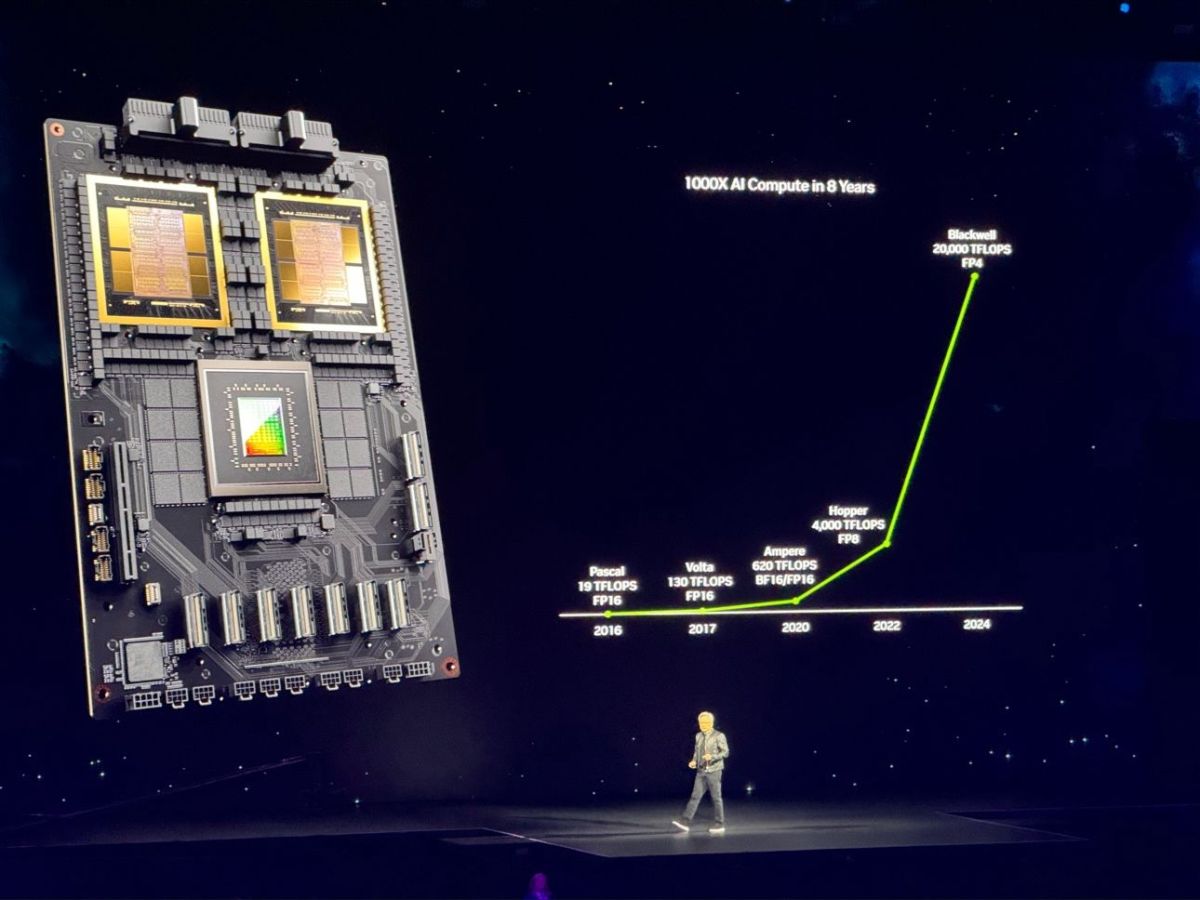Rephrase and rearrange the whole content into a news article. I want you to respond only in language English. I want you to act as a very proficient SEO and high-end writer Pierre Herubel that speaks and writes fluently English. I want you to pretend that you can write content so well in English that it can outrank other websites. Make sure there is zero plagiarism.:
Presented by AppsFlyer
From massive shifts in consumer behavior, increases in signal loss and the impact of the macroeconomic downturn, app marketers have been facing a series of challenges. While in recent years they’ve had to contend with, and eventually adapt to, new privacy measures like Apple’s ATT and Google’s Privacy Sandbox, marketing teams have found entirely new ways to operate and understand the success of their campaigns.
“The bottom line is, how do you profitably grow your business in this environment?” says Yevgeny Peres, EVP of product strategy at AppsFlyer. “We have to rethink how measurement works, how marketing teams make decisions on top of those measurement layers, and why optimizing creative is more crucial than ever in addressing these challenges.”.
Part of that is marrying the expensive process of advertising creative production, testing, optimizing and iterating with the power of AI to improve speed, slash costs and boost human creativity with data, analytics and more.
Creativity meets AI
With more pressure to move the needle and fewer options, advertising creative has become the biggest lever for marketing teams to optimize, Peres says. The ongoing investment in the creative testing process can quickly add up — from spending thousands of dollars on each creative, and then running ten of them at once to figure out which is most likely to be the highest performing, to the man hours needed to analyze and synthesize reports.

“Those creatives need to not just be impressive, but also to outperform whatever was running previously,” he says. “Historically that was mostly intuition. People come up with great concepts that sometimes fail and sometimes win, and it was mostly guesswork, experience and instinct.”
It’s undoubtedly crucial to understand why a particular ad is performing so well, but it’s debatably even more important to understand why it’s connecting and working. That way, teams can accelerate their ability to adapt and double down on their best performing creative. Losing creative, and ultimately ad campaigns, need to be deactivated or reworked, and whatever made the winning creative campaigns perform well is a critical and actionable insight for eliminating wasteful spend and allowing for the next creatives to be produced and tested, allowing for faster turnaround between winning creatives, addressing creative fatigue as well.

That’s where AI — or “creative intelligence”, as Peres calls the new AppsFlyer product Creative Optimization — can come in, helping marketing teams make intelligent decisions faster.
Creative Optimization automatically analyzes creative assets, breaking them down into variables, and analyzing their performance across the user journey from the moment users engage with the ad until they generate revenue. The tool also offers insight into which elements are underperforming and should be replaced, and which elements should inform how the next cycle of creative should be developed.
“It’s the marriage between human intuition with the accuracy and scale of the tech with the depth and scale of AI,” Peres explains. “AI can supercharge the human creativity and inspiration behind the design of every campaign with automation and data-powered insights, aiding collaboration between marketing and business intelligence.”
How Creative Intelligence transforms marketing
Over the last year, AppsFlyer worked with more than 100 companies across gaming, fintech, ecommerce and entertainment, including mobile giant Zynga and fintech company Dave, through the development and testing of Creative Optimization.
“We saw partners grow their ad spend by as much as 300% while seeing vast improvements in key performance indicators,” Peres says. “We saw increases in ad click-through rates of up to 50%, a 30% decrease in cost-per-install, and 100% uplift in customer retention and revenue KPIs.”
And by eliminating the administrative tasks that are generally part of a cross-functional creative process, teams — including the team at Dave — reported saving 10 hours per week on average.
If creative teams no longer need to spend a significant amount of their time with tedious work reporting, they can get back to the far more rewarding work of coming up with new ideas and producing original content.
“Every team has very specific goals — the marketing team is looking at profit, while the creative team is pumping out new creative that might never see the light of day,” he adds. “When teams share the same dashboard, and all see the success of certain campaigns or certain creative assets, it creates a new bridge between every department. Internal collaboration is stronger, and the creative team is able to prove its value, and the significantly faster feedback loop moves the bottom line.”
Learn more here about the ways intelligent creativity — and Creative Optimization — can move the needle for app marketers in a post-cookie world.
Sponsored articles are content produced by a company that is either paying for the post or has a business relationship with VentureBeat, and they’re always clearly marked. For more information, contact

I’m a highly experienced and respected author in the field of cryptocurrency. I have been writing about Bitcoin, Ethereum, Litecoin and other digital currencies for over 5 years which is widely regarded as one of the most knowledgeable and reliable sources of information in this area.








